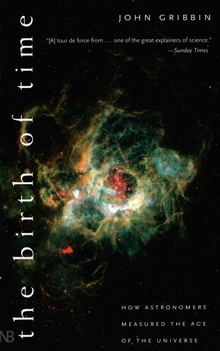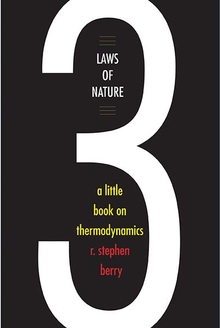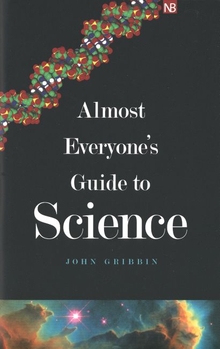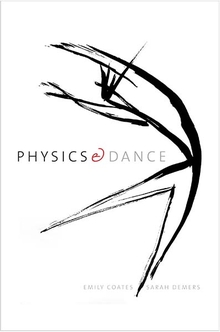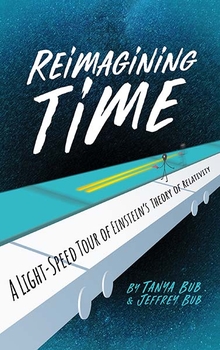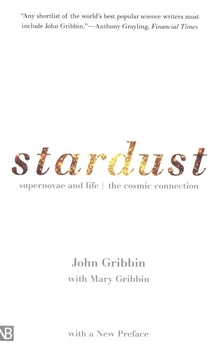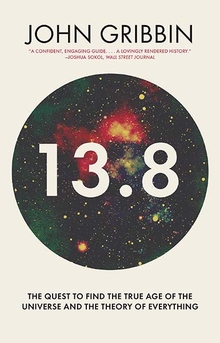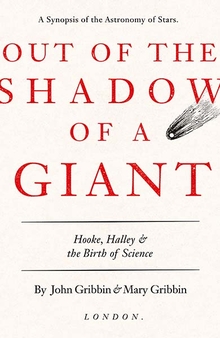The Birth of Time
WARNING
You are viewing an older version of the Yalebooks website. Please visit out new website with more updated information and a better user experience: https://www.yalebooks.com
How Astronomers Measure the Age of the Universe
John Gribbin
In clear, engaging language, Gribbin takes us through the history of cosmological discoveries, focusing in particular on the seventy years since the Big Bang model of the origin of the universe. He explains how conflicting views of the age of the universe and stars converged in the 1990s because scientists (including Gribbin) were able to use data from the Hubble Space Telescope that measured distances across the universe.
A selection of the Doubleday Select Science Book Club
“[Gribbin’s] latest, outstanding contribution to the public understanding of science.”—Dick Ahlstrom, Irish Times
“In his book, Gribbin confronts time as a theoretical puzzle: When did time begin? What is the age of the universe? . . . By measuring space with new precision, Gribbin and his colleagues have finally set plausible ages for the stars and have thereby established an unprecedented congruence between observation and theory. This feat required rare expertise, but Gribbin recounts its accomplishment with lucid economy, inviting the nonspecialist to share in the intellectual triumph and the drama that led up to it.”—Booklist
“How can we measure the age of the universe? Renowned astronomer Gribbin answers this question by describing both the early guesswork and later refinements that finally converged on an answer. He masterfully explains the techniques to measure astronomical distances available to both ancient and modern astronomers, from simple triangulation to the regular pulsation of Cepheid stars. . . . Written clearly and concisely for the general reader, yet nevertheless manages to educate on a wide range of topics in physics.”—Publishers Weekly
“If you have ever wondered how scientists determine the age of the universe, then this is your book. Gribbin, one of the best science writers working today, recounts the history of the problem and describes the people who have worked on it. . . . A very satisfying qualitative depiction of the state of the art.”—Library Journal
"Any shortlist of the world’s best popular science writers must include John Gribbin. His gift lies not just in eloquent and lucid presentation of complicated ideas, but in writing about them as if they were adventures."—Anthony Grayling, Financial Times
"No one writes a better book on fundamental aspects of the Universe."—Roy Herbert, New Scientist
"Gribbin, a cosmologist by training and the author of the bestselling In Search of Schrödinger’s Cat, is widely considered one of our best explainers of science."—Lynn Yarris, San Jose Mercury News
“Gribbin takes the reader on a historical journey from humankind’s first speculations about the age of Earth to the recently achieved scientific consensus on the age of the universe, using everyday analogies to clarify the bootstrap process by which distances and ages are measured. He weaves an engaging tapestry that describes how scientific knowledge progresses in fits and starts toward the truth.”—Choice mixed
“Deeply satisfying . . . another tour de force from John Gribbin, [who] is one of the great explainers of science.”—Sunday Times
Publication Date: February 8, 2001
13 b/w illus.

